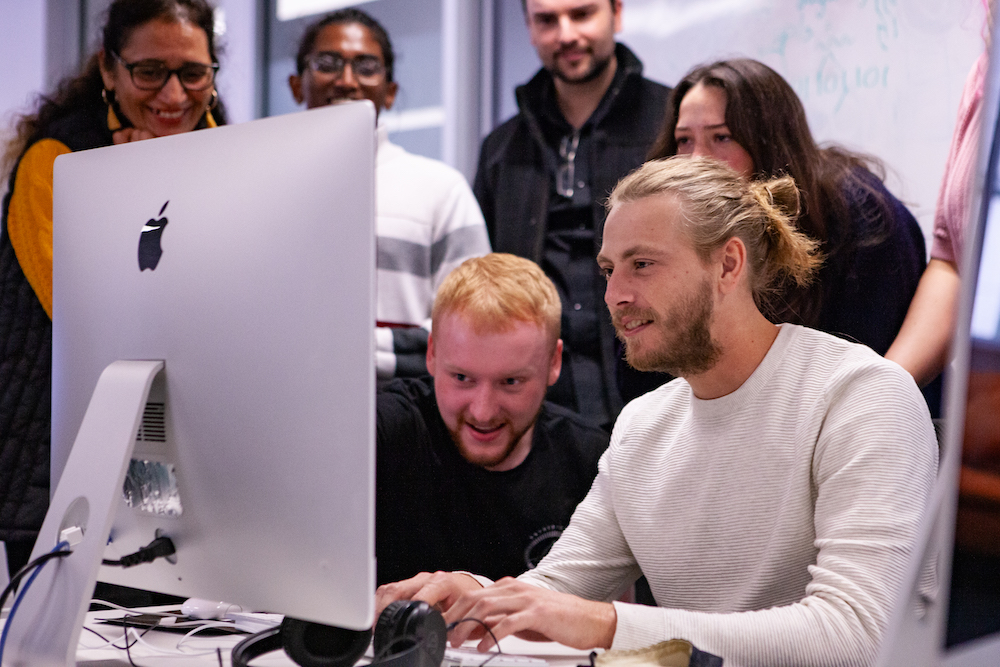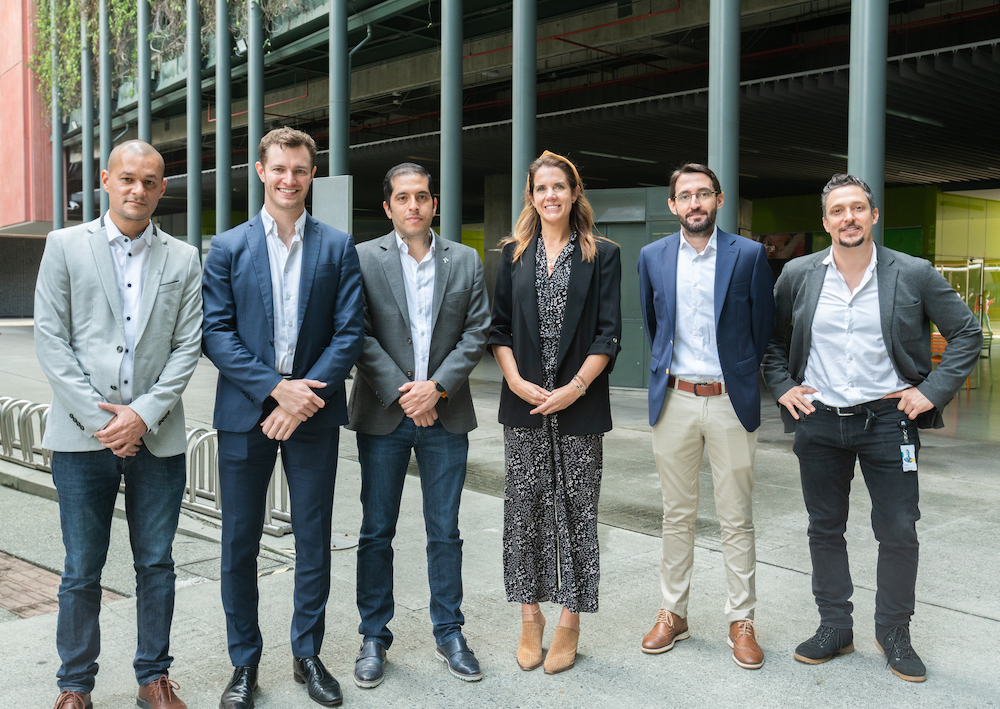It started with a mission, but it scaled because of the huge demand for skilled workers in the digital space.
Forte is bringing together education providers, investors, and government funding to help train more people, at no extra cost to the government purse.
Nat Ware founded the social enterprise in 2019, but really, he’s been ruminating on the concept for the past 6 years; so it’s both a new startup, but also a lifetime’s work.
“I won’t rest until this becomes one of the main ways that the world finances, education and healthcare.”
OnImpact spoke to Nat about the evolution of social impact, the lessons he learned from watching the rollout of Social impact Bonds, and his plans for tackling problems beyond education.
The Evolution of Social Impact
From his formative years as a curious teenager, Nat Ware saw charity and social work as being in binary opposition to building a business, and while his views changed, he still feels that much of the world is stuck in that way of thinking.
“I thought, the way you change the world is you raise money and donate money. So that’s what I did. I did a bunch of work for World Vision and other charities, but it was very much traditional charity work, building a school or an orphanage.”
He saw the work as important, but somewhat of a blunt instrument.
“In a way I viewed it as more of an emotional endeavour, rather than an intellectual endeavour.”
He was idealistic, but he wasn’t complacent. He wanted to drive positive change, and he felt that existing systems and frameworks weren’t going to cut it.
“In my first year at Sydney University I saw there were so many students societies, asking people to donate money, but they didn’t seem to be utilizing the strengths of university students. So I set up a nonprofit called 180 Degrees Consulting to essentially enable university students to donate with their minds, rather than just with their money.” Nat says.
His energy for driving change didn’t let up, and he wasn’t content with having launched a successful business whilst studying, he went deeper, diving into a PhD at Oxford.
“I wanted to focus on how we can take both ends of the spectrum, from social impact to business success, and join them up, so that what maximises profit is what maximises impact.” Nat says.
“In other words, how do we best align social impact and financial return at a systems level rather than just at an organisational level? So that was the focus of my economics PhD, and particularly applied to the issue of human capital investments; how can we better finance education and health care around the world?”
The New Model of an Impact Business
It was a perfect storm of skills; he’d worked with charities, he’d started a consulting business, and he’d studied the economics of investing in human capital.
He turned his focus to exploring the current ways education and healthcare were financed. Investigating social impact bonds and income share agreements.
“I became convinced that while some of those approaches were pushing in the right direction, they all have significant challenges that will prevent them from scaling and having the impact that we want.” Nat says.
“With social impact bonds, the value proposition to governments is pretty weak, because often governments are still asked to pay out in the short to medium term for what they hope will be economic benefits, but in the medium to long term it’s not guaranteed. With income share agreements, you’ve got some risk transfer, but still investment returns come at the expense of the people you’re trying to help.”
He was looking for a better way, and he had the benefit of having seen the drawbacks of these other fledgling frameworks.
He recognised that there were challenges, with ISAs, it was knowing incomes and enforcing payments. It wasn’t working for either side of the deal, but with some tweaking, he came with a new model.
“I asked myself, what is the government better at than the private sector… they’re better at knowing incomes and collecting payments from individuals.” Nat says.
“So rather than an ISA model, which relies on private entities, knowing incomes, enforcing payments, we use the government’s existing institutional systems to do that. To unleash private sector innovation and investment.”

The Forte model
This new model sought to fund projects that would lead to a positive economic outcome. That would be good for students, and good for the government, who is eager to ensure spending is well allocated.
The Forte model brings together education service providers, government spending, and investors to take on some early risk.
“The individuals who receive that training, they don’t pay anything, they don’t pay anything now, and they don’t pay anything in the future. So there’s no chance of exploitation, no chance of predatory behaviour. But the training, by its nature, increases expected employment and expected incomes, and therefore, it drives expected government income tax revenue.” Nat says.
“We do deals with governments where they agree to pass back to the investors a percentage of the uplift in income tax for a certain number of years.”
It’s a neat system that avoids the challenges of ‘measuring’ the impact of social programs. It uses the metric of uplift in income tax which is both quantitative, and it’s recorded by the government itself, so there’s fewer questions about data integrity.
“So the typical way governments work is write a check, pay for it, and then hope that the benefits exceed the costs. We say to governments, get the economic benefits first, and only then pay.” Nat says.
“It’s scalable, it ensures the government gets more in additional revenue than expenditure. And, the uplift in income tax captures the three things that we care about:
- Does someone have a job?
- Is it a quality job
- Does someone stay in that job – is there job retention?”
Eyeing Off Future Growth
Nat has that rare combination of compassion for social issues, as well as the business skills to actually make a difference.
When I arranged our conversation he was in New York, but by the time we spoke he was in London. He’d just landed a deal with a government in Colombia.
But that wasn’t enough, he then dived into the potential for using the system to help the blind to see.
“There’s about 200 million people in the world with avoidable blindness. Often, they just need cataract eye surgery, which isn’t actually that expensive.” Nat says.
“The Forte model could be used to finance a surgery for a million people, or 10 million people! And you actually don’t need a high percentage of those people to then be able to get a job and work and earn income for investors to get a return, and most importantly, the investor return does not in any way come at the expense of the people they’re trying to help.”
“I think this is how capitalism should work, and how the economic system should work.”
But the immediate focus for Forte remains on education and training. They’ve signed an agreement with the South Australian government, as well as the aforementioned project in Colombia. And they have another which was recently approved in the US.
They’re moving fast, keep an eye on this team.
“I honestly don’t know any investment that has better alignment of social impact and financial return. The fact that investor returns do not in any way come at the expense of the individuals they’re trying to help is what’s most important.” Nat says.

Subscribe for the latest impact investment news

